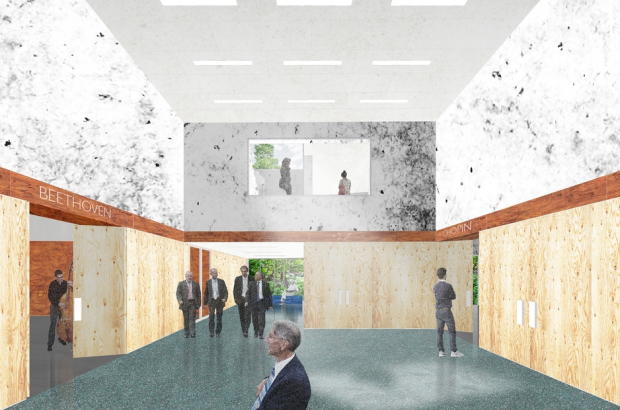- Daily & Weekly newsletters
- Buy & download The Bulletin
- Comment on our articles
€60 million renovation for Brussels Royal Conservatory
Brussels' crumbling Royal Conservatory is to undergo €60 million of renovation works to bring the 150-year-old building up to modern standards.
The conservatory is a world-class music school housed in an architecturally significant building with exceptional acoustics. But the building has been in decline for years - and due to the complicated nature of its tenancy and the often complicated organisation of Belgian governmental entities, the development and implementation of a restoration plan has been a long drawn out process.
The building itself is owned by the federal government but is shared by the Dutch and French-language communities, so those three governmental entities had to cooperate to creating the plan and decide how to fund the budget.
Three architecture firms have been tasked with creating a detailed masterplan to be delivered next year. The actual construction and restoration is scheduled to start in early 2023, with €20 million coming from the federal government and €20 million from each of the two language communities.
When completed, the conservatory will have a complex that is equal to its worldwide reputation as a school, and the people of Brussels will have a new outdoor space to enjoy.
The work to be done is extensive and complicated, with the needs of the students, the staff, the musicians and the public to accommodate.
The project includes major structural work, replacement of the electrical, heating and ventilation systems, modernisation of public spaces, complete restoration of the main concert hall and the safeguarding of its acoustic qualities and the creation of a new chamber music hall and a rehearsal hall large enough to accommodate a symphony orchestra.
There will also be the construction of a new library/classroom building, the complete restoration of the organ, the creation of artist dressing rooms, a new flow between the main building and the annexes and a public café in the open spaces.



















